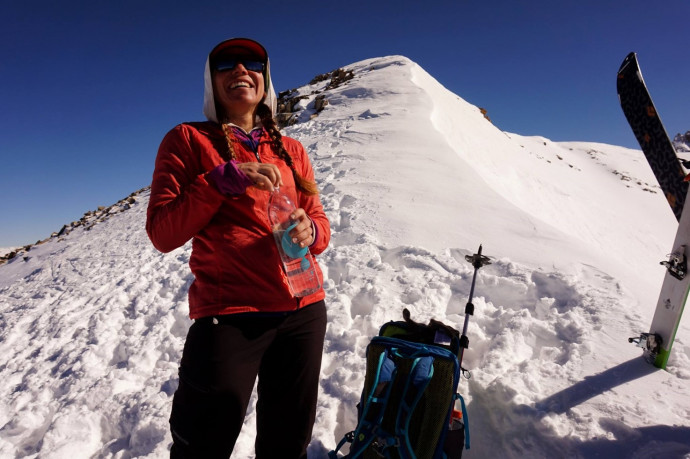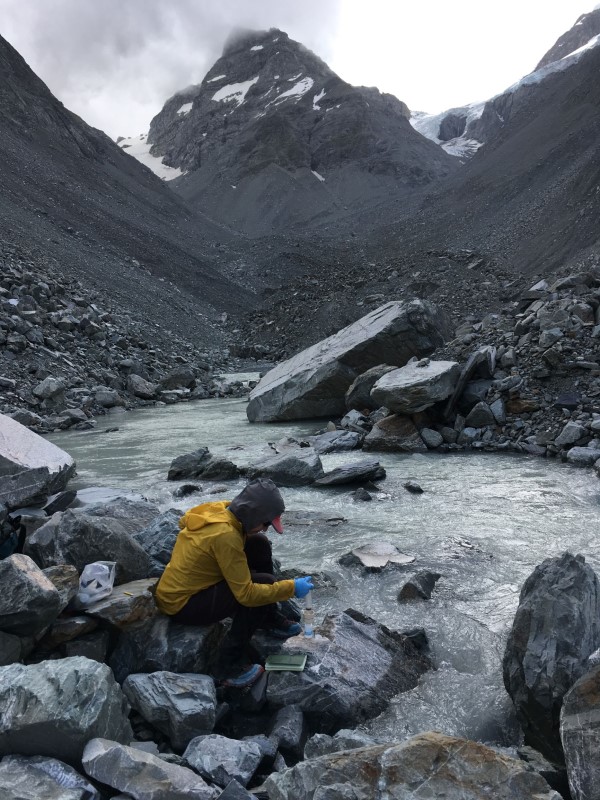Alice Hill

2020: Dr Alice Hill, National Institute of Water & Atmospheric Research Ltd (NIWA), has been awarded a Rutherford Foundation Postdoctoral Fellowship for research titled: ‘Improving New Zealand’s long term water security through advances in water quantity and quality forecasting’
Many of the major economic sectors in Aotearoa, including agriculture, hydropower, and tourism, rely on historically plentiful and pristine water resources. However, the sustainability of our long-term water supplies are under threat. Rising temperatures are adversely affecting the snow and ice reservoirs of the Southern Alps. These feed major rivers that we rely upon for downstream water supplies. At the same time, agriculture and development are increasingly contaminating our waterways.
Water quantity and quality are inherently linked. New Zealand rivers gather contributions from different sources: rain, snow melt, glacier melt, and groundwater. Each source contributes different levels of unwanted pollutants. NIWA’s National Water Model is a strategy to determine the contribution of different water sources, which facilitates a forecast of the overall water quantity and quality downstream. This model provides a framework to incorporate water quality relationships into our national water management operations. However, the knowledge underlying this model is incomplete. Specifically, the impact of snow and ice meltwater on water quantity and quality is poorly understood.
In her research project, Dr Hill will identify the role of climate-sensitive meltwater in water supply changes in Aotearoa, and tease out how varying water sources affect water quality. Dr Hill’s study will focus on Canterbury watersheds as proof of concept that may then be applied to 58 different waterways around the country to improve water quality forecasting. This research is an important first step in assessing our water vulnerabilities and will contribute to NIWA’s ongoing modelling efforts to improve water resource management strategies.

Sampling meltwaters in the Rangitata River headwaters, New Zealand (Credit: Christian Martin)
